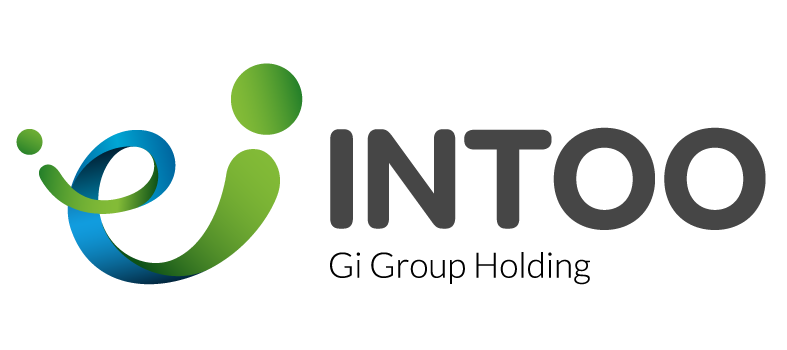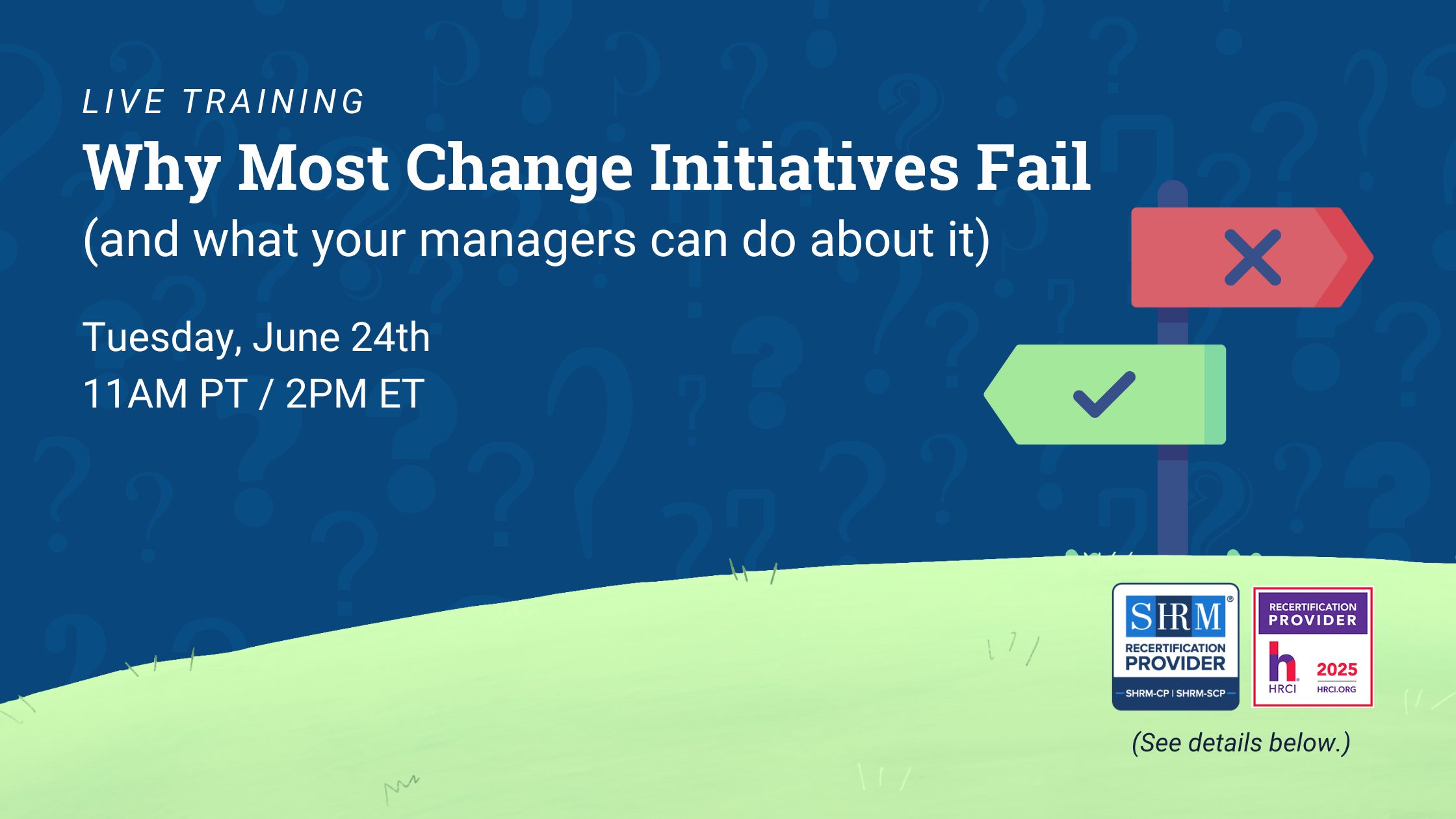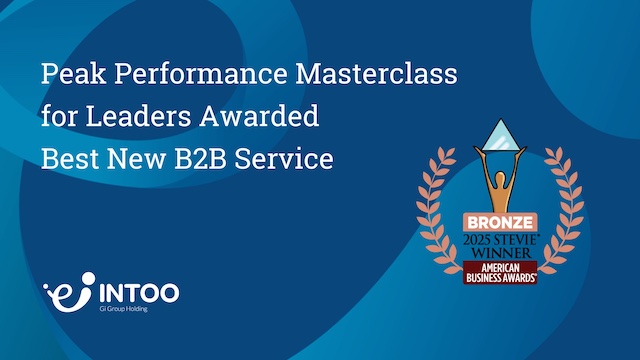The COVID-19 pandemic has shown companies big and small that business and life don’t always go as planned. The crisis has reminded us that it is more critical than ever to be prepared for changes seen and unforeseen. In any climate, business succession planning can help ease transitions that affect all levels of the company.
What is a succession plan, exactly? This important business tool is a set of company guidelines to anticipate and facilitate changes of personnel in case of death, illness, retirement, and more. Life-changing events affect key employee roles such as managers, supervisors, and CEOs, as well as the overall health of the company. Business succession planning helps steer companies through times of change and ensures longevity. It clearly identifies what roles and responsibilities exist, who currently fulfills them, and who else might step into those roles if necessary.
Although we can’t know the future, a carefully constructed succession plan can do a lot to mitigate harm wrought from changes at the leadership level. HR plays a role in immediate decisions like employee recruitment, and HR is also crucial in long term ones, like creating a corporate succession plan. HR can work with the heads of companies and board of directors by identifying what leadership needs to create a successful succession plan. To make business succession planning rewarding for the whole company, consider the following.
1. Know thyself
Start business succession planning by examining your organization in depth. Are there any potential leadership-changing scenarios on the horizon for your leaders? Sometimes, a life-changing event, such as a CEO cancer diagnosis or other health issue, can occur, and the board has to figure out a specific path with this knowledge in mind.
As you look ahead, it’s helpful to reflect on company goals. How can business succession planning help achieve them? For example, your company may want to focus on being an industry leader in a specific area, such as diversity or product innovation. Craft a succession plan to drive towards these goals by positioning and developing leaders with them in mind.
There are also global issues that will inevitably affect every business; these should be taken into account when considering business succession planning. As baby boomers leave the workforce (at an average of 5,900 people per day), companies will need to ask themselves how best to replace them. Certain industries, like mining and nonprofits, are more concerned with the loss of knowledge and important expertise as workers retire; companies in these fields may want to tweak their succession plans to explicitly address knowledge retention and training.
During this first step, an organizational chart should be created denoting all the people and positions that are significant to keeping the company running. When you have a clear sense of the past, present, and projected future of your company, then you can turn to the people who will help make your succession plan succeed.
2. Put people first
Effective successions can only be achieved with great employees. Now that you have solidified the critical roles, values, and needs of your company, you can turn to finding the best candidates. Identify and develop employees within your organization through a robust learning and development (L&D) program. L&D can include online courses, workshops, job shadowing, coaching, and more to help develop specific skills needed as identified in the first step of business succession planning.
As the company and succession plan evolves, continue to recruit an exemplary, diverse pool of talent using social media, referrals, job fairs and more. With a strong group of employees at every level, you can ensure that those someday empty spots at the top and elsewhere will be filled quickly and successfully.
3. Stay flexible
Creating a complete succession plan is a huge accomplishment, but it’s important to think of business succession planning as an evolving process. Because no one wants to be stuck with a plan that no longer fits company goals and profiles, HR, with the input of business leaders, can create a template and formalized process that can be adapted going forward. Leaders of top companies are constantly looking at the changing landscape of work and developing future leaders accordingly in line with their succession plans.
Roles and responsibilities of key employees may change as certain positions or skills become redundant. Conversely, new talents are needed with the same evolutions that render others obsolete. By revisiting the succession plan on a regular basis, you can address changes both local and global.
__
One common reason why organizations create succession plans is to prepare for major workforce changes, such as layoffs and other employee terminations. In such situations, INTOO’s outplacement solution can support your organization by providing effective career transition services to affected employees, helping them find new jobs more quickly and easily while helping you protect your employer brand. Schedule a demo to learn more about our outplacement service, which includes unlimited, on-demand virtual career coaching for your exiting workers.











